Keeping Geese in Winter: Top 3 Tips
Back to blog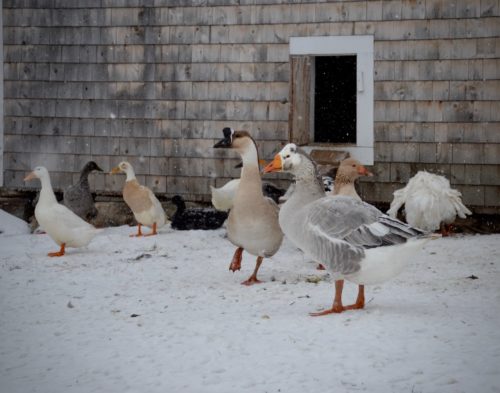
Are your geese ready for winter? Geese are large, hardy birds that often thrive in cooler weather. But if you keep geese in an area with long, cold winters and plenty of snow, a few steps should be taken to make sure your birds are comfortable.

Prepping the coop for winter
Like most livestock, geese need a place to escape the worst of winter weather. A goose coop should offer about 8 square feet per bird, and ideally is not part of your chicken or duck coop. Geese should have their own space. Goose mating season begins in February and your birds will become more aggressive, which can result in hostility towards smaller birds. Geese can come and go freely from their coop during the day. Because they are messy water birds, I encourage folks to feed and water them outside in a yard or run. Then keep the coop for night shelter and in case of very severe weather. A coop should have good ventilation, plenty of bedding, and provide protection from wind and wet weather.
Geese can be kept with pine shavings, hay, straw, or peat moss. During the winter I recommend a thick base layer of shavings to stop any drafts and a top layer of straw for them to keep warm in. Whenever the weather is warm enough, I do a deep clean of the goose stall. I put a layer of diatomaceous earth down to help to ensure everything is sanitary and fresh.
If you are concerned about your coop being cold, you can consider a specific coop heater (especially if you have younger birds). I do not recommend a heat lamp or a heater not designed for a poultry coop which could be a fire hazard.
Feeding your geese in winter
Geese won’t be able to forage in winter, so you will notice an increase in how much feed they consume. You want to make sure that they are getting the right nutrients from their food. This can be provided by mixing your own feed or offering a winter or game bird specific grain
To make your feed go further in winter, you can mix in cracked corn, black oil sunflower seeds, oats, or wheat. These will not only be a tasty addition for the geese, but they will help provide a variety of nutrients. These treats will help keep your birds healthy all winter long.

Since geese naturally eat leafy greens and fresh grass, supplementing some special treats is a great idea in winter. You can offer them a head of lettuce or cabbage, flakes of hay, and greens off root vegetables like beets and carrots. Stick to a goose’s natural diet, do not offer bread (empty calories), or sugary foods.
The amount of feed your geese consume will vary depending on the number of birds you have, and how severe winter is in your area (and therefore, how much your geese can forage). I feed free choice three times daily during our Maine winters. I may increase what I offer if the feed
bowls are turning up completely empty every time I go out. Or offer less if they are leaving grain.

Water requirements for winter
Most important: water. Geese require water to keep the airways on their beaks clear, to drink, and to bathe. For fresh drinking water, I provide shallow rubber troughs near my geese’s feed. I use rubber troughs so that ice can easily be broken out of them. I do not heat these buckets.
The geese will fill them with feed and mess so quickly. They need to be emptied and refilled a few times a day regardless of the temperature. However, the geese also have a nearby livestock tank, a 15 or 30-gallon tank, which we keep thawed with a water heater and allows them swimming water. This one is only refilled once a day.
Because geese splash around so much, I find it very important to provide their water outside. They only get water inside in the worst weather, because they’ll spray it all over their coop and then the coop is covered in ice. This is not comfortable or good for them. In situations where they need water in the coop, I’ll use more limited-access waterers, so that they can’t splash it all around.
Geese love a cold swim
If this is your first winter with geese, you may be impressed with how much they enjoy the cold weather. With special blood circulation in their feet, they’ll often remain in a pond as the ice starts to cover it over (don’t worry —they know when they have to get out!). They enjoy being able to “bathe” in snowbanks, though you should keep an area cleared for their food and water. And by late February or early March, you may be seeing your first goose eggs — a sure sign that spring is on the way.
Kirsten Lie-Nielsen is a farmer and author of the books The Modern Homesteader’s Guide to Keeping Geese and So You Want to Be a Modern Homesteader. She and her husband are restoring a farm in rural Maine, where they keep geese, chickens, goats, pigs, sheep, and more! Visit her on Instagram @hostilevalleyliving or online at www.hostilevalleyliving.com.
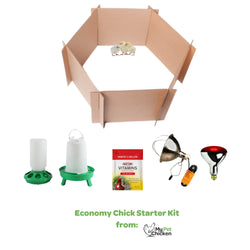
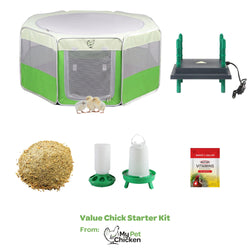
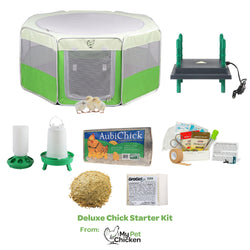
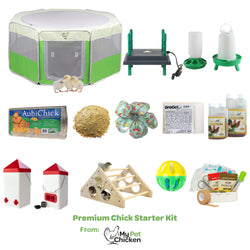
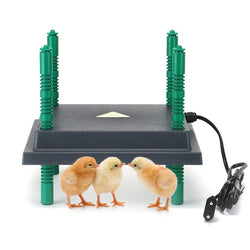
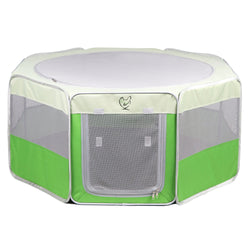
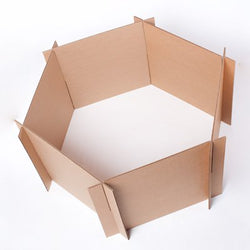
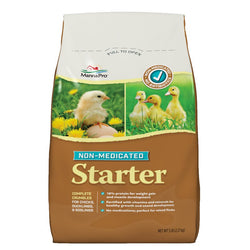
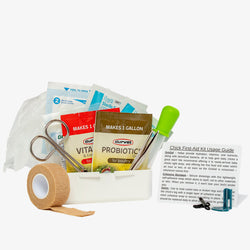
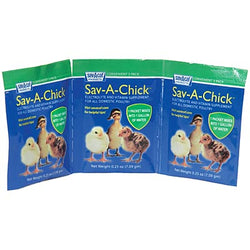
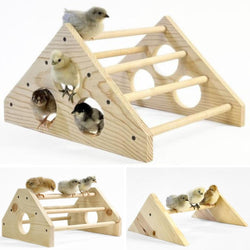
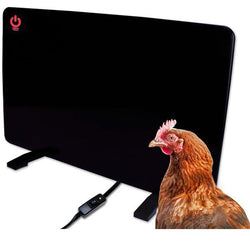
1 comment
Thank you for the information